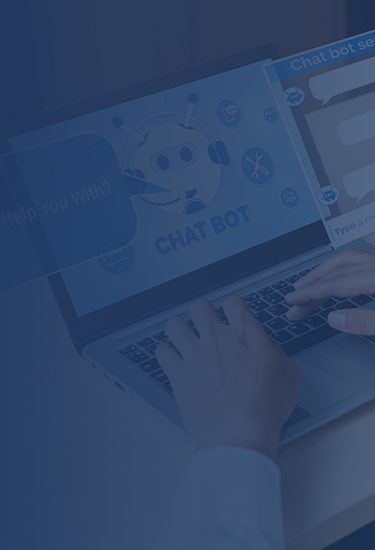Technology has always evolved to adapt to a changing world and the changing needs of the people who live in it. That fact couldn’t be more evident than it has been in the past few years.
The shifting expectations of consumers and employees, fueled by the increase in hybrid and remote work environments and online shopping over the past couple of years, demands solutions that make working and shopping easier than ever. This has given rise to predictions for the top tech trends in 2022.
Tech Trends to Watch
Boomi’s 2022 Tech Trend Predictions outlines the top tech trends to follow in 2022. These tech trends include:
- Low-code solutions – With IT staff and skill shortages looming large in the tech industry, the need for low-code solutions to accomplish digital transformations is a must.
- Automation – Automation will be taken to the next level in 2022, relieving employees from performing manual tasks that are time-consuming and prone to error and lowering operational costs across industries.
- Integration in the workplace – The need to work remotely a significant amount of time and The Great Resignation, both driven by the COVID-19 pandemic, has resulted in the need to develop data-driven processes and onboarding that will ensure better employee experiences.
- The customer experience – Organizations that do not make use of integration to create a superior user experience will lose ground to their competitors.
With these trends in mind, let’s take a closer look at integration and the customer experience, particularly when it comes to ecommerce.
The Need for Integration in eCommerce
There is no industry where speed is more important than in the ecommerce industry. In the past 10 years, consumers have come to expect immediate connectivity and service at lightning speed. The COVID-19 pandemic has only increased the expectations of consumers as more and more people have turned to online shopping.
In the U.S., 52% of people are shopping more online, including grocery shopping, a domain that was once strictly a brick-and-mortar shopping experience. The UN reports that globally ecommerce has grown into a $2.9 trillion industry thanks to the pandemic.
What this means for ecommerce companies is that integration is critical to maintaining market share. This is just as true for brick-and-mortar retail companies that have an online presence as it is for strictly online ecommerce businesses.
The goal behind integration is to connect systems within your company, as well as integration your own systems with those of your partners. This includes not only your ecommerce platforms, but all supporting applications, such as inventory management, CRM, content management, digital marketing, and financial information. This will ensure that you are able to:
- Improve data accuracy
- Increase the speed of data exchange across systems
- Keep your platform up-to-date
- Provide customers with a more personalized and customized experience
- Sync inventory in real-time across all sales channels
- Streamline and simplify business processes
- Improve scalability as sales volume and the number of sales channels grow
The result of this integration is that customers will be able to shop whenever and wherever they are and via any channels they wish. They will experience a seamless purchasing process and receive instantaneous communications and timely updates on orders so they will always know their status, thanks to:
- Real-time inventory tracking
- Instant order processing and fulfillment
- Real-time status updates and alerts
However, in order to make this a reality, your ecommerce integration has to be of the highest quality.
Top-Quality Integration
The very best quality in ecommerce integration will ensure that your finances and inventory processes are all automated and fully integrated with your ecommerce platform. Boomi offers the first 100% cloud-based platform and is an industry leader in integrations.
Boomi’s simple, instant integration between on-premise and cloud systems requires no coding, and you will have your automation up and running in no time, with pre-built solutions that help accelerate ecommerce integrations.
What this means is that you don’t have to invest heavily in IT to implement full integration. Instead, you will have easy access to your integration platform without the need to install or maintain additional software or hardware.
Tangentia is proud of our partnership with Boomi, which will allow our customers to build faster integrations and reduce the time they spend on development by weeks or months, enabling a quicker digital transformation.
Reach out to an experienced Tangentia team member today for more information on how to enjoy the full potential of Boomi.











